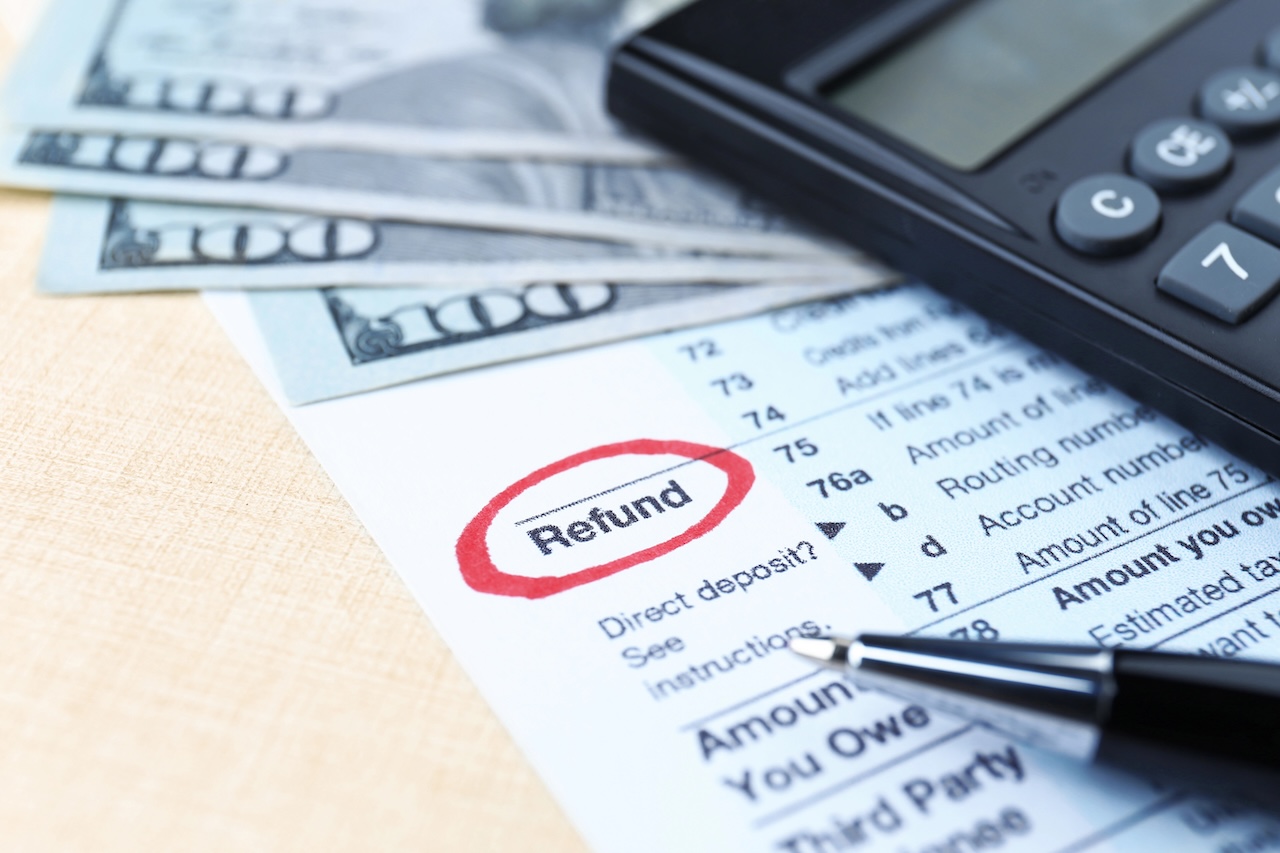High-Yield Savings Accounts vs. Traditional Savings Accounts


You’ve most likely heard about high-yield savings accounts. Maybe someone close to you has mentioned earning a lot from one. Or maybe you’ve seen the term (or the acronym HYSA) while searching for the best savings accounts. You might wonder if they are right for you.
Below, we explore what high-yield savings accounts are and discuss the differences between high-yield savings accounts and traditional savings accounts.
A high-yield savings account is a type of savings account that offers a much higher interest rate (also called APY – annual percentage yield) than a traditional savings account. These accounts help your money grow faster over time by earning more interest on your balance.
High-yield savings accounts are typically offered by online banks or credit unions and are designed to maximize returns on your idle cash while keeping it safe and easily accessible. They’re ideal for building an emergency fund, saving for short-term goals, or simply earning more on money you don’t need to spend right away.
The most obvious difference between HYSAs and traditional savings accounts is the interest rates. Some HYSAs offer up to 10 times the average interest rate.
Another difference is the type of bank that offers each account. Traditional savings accounts are offered by a wide range of banks. Many of those banks have physical locations and their own ATMs. On the other hand, HYSAs are usually offered by online-only banks, although you’ll also find them at many credit unions.
Here are some similarities between the two types of accounts:
When you’re earning several times more in interest, your savings grow with little to no action on your part. Whether you’re building an emergency fund or setting money aside for a big purchase, compounding interest helps you get there faster.
Here’s an example to show this benefit. Imagine you have $2,000 to put in a savings account. Let’s also say you’re looking at a HYSA offering 5% APY and a traditional savings account offering 1% APY. The chart shows your money’s growth, depending on which type of account you use.
Savings Growth Over Time: $2,000 in a HYSA vs. Traditional Savings Account
| Time Period | HYSA (5% APY) | Traditional (1% APY) |
| 1 month | $2,008.33 | $2,001.67 |
| 2 months | $2,016.70 | $2,003.33 |
| 3 months | $2,025.10 | $2,005.00 |
| 6 months | $2,050.52 | $2,010.02 |
| 1 year | $2,102.32 | $2,020.09 |
| 2 years | $2,210.46 | $2,040.60 |
| 5 years | $2,484.52 | $2,020.30 |
Tip:
Banks tell you how often they compound interest. Typically, interest is compounded monthly. They also typically advertise rates as an APY (annual percentage yield), which takes the compounding into account.
You may be wondering if high-yield savings accounts are too good to be true. Depending on how you bank, there can be some drawbacks.
Firstly, many banks that offer HYSAs save money by operating online-only. So if talking to someone in person is important to you, a HYSA might not be the best choice.
Secondly, some HYSAs come with terms and conditions like minimum balance requirements or monthly fees. Make sure to read the terms carefully. It’s also possible that you can only get the high interest rate if you meet certain requirements.
An alternative to high-yield savings accounts to think about is a certificate of deposit. A certificate of deposit (CD) is a deposit that you make for a set amount of time. After that amount of time, the CD “matures,” and you receive the money you initially invested, plus the interest you earned. Some of the benefits of a CD are:
The biggest drawback to a CD is that accessing the money before the CD matures is harder. In most cases, there are fees for early withdrawals, although CDs without these penalties are available.
Another drawback is that CDs typically have a minimum deposit. The last drawback is that the stability can turn against you. If interest rates go up, you don’t get the benefits of that higher rate.
There are many things to consider when thinking about high-yield savings accounts vs. traditional savings accounts. HYSAs address one of the biggest drawbacks of traditional savings accounts: low interest rates. Depending on your banking preferences and financial goals, a HYSA may be the best choice for you.
The content provided is intended for informational purposes only. Estimates or statements contained within may be based on prior results or from third parties. The views expressed in these materials are those of the author and may not reflect the view of National Debt Relief. We make no guarantees that the information contained on this site will be accurate or applicable and results may vary depending on individual situations. Contact a financial and/or tax professional regarding your specific financial and tax situation. Please visit our terms of service for full terms governing the use this site.

Tax refunds in early 2026 could be $1,000 to $2,000 larger for many households due to retroactive tax law changes....

Why does it feel like large companies always get the upper hand? Maybe it’s the long contracts with fine print,...

What can you do if you can’t afford college? Maybe the financial aid award wasn’t enough, or you only want...